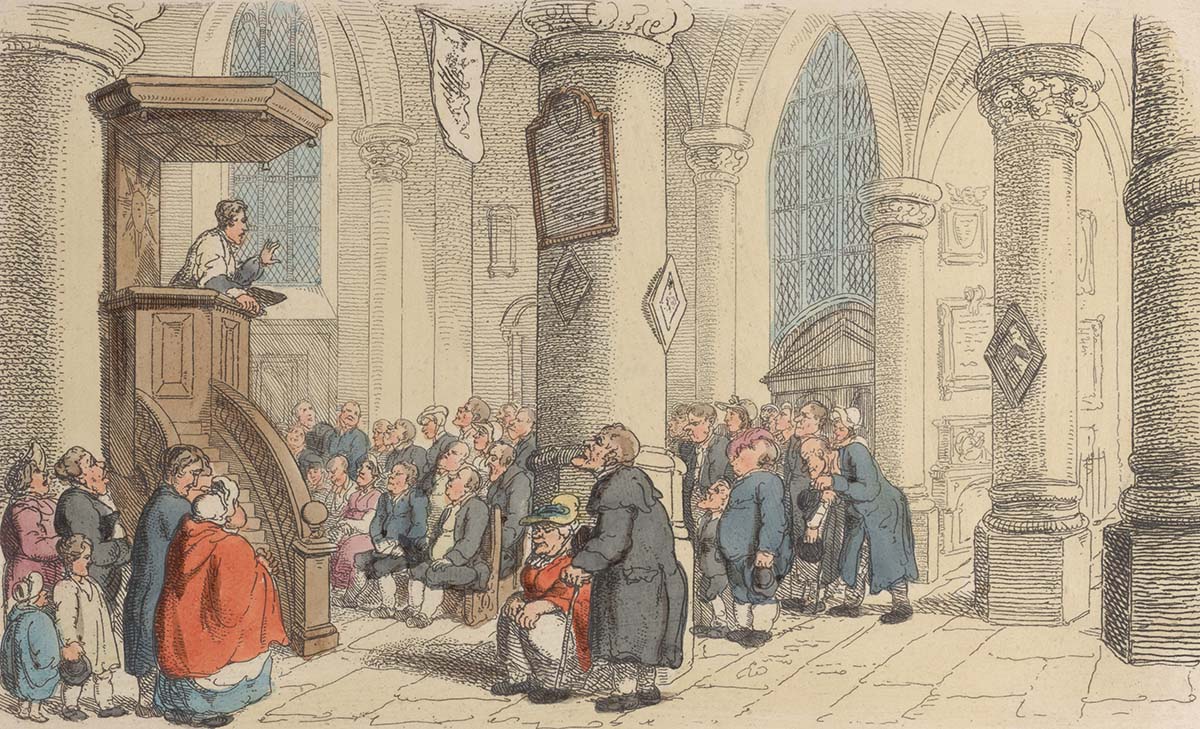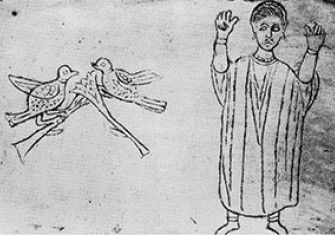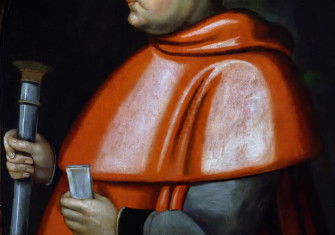A Spiritual Wilderness
In the Victorian countryside, what did going to church on Sundays actually mean?

The image of the idyllic country church, filled morning and evening, Sunday by Sunday, by every stratum of a village’s society, is a familiar one. It has provided stock characters for Anthony Trollope, evidence for decline seized on by secularists and a sense of a lost Christian nation lamented by church leaders. It fills pages of local village histories, coloured with nostalgic reminiscence. The faded sepia photographs often still hang in cobwebbed frames in a corner of the church’s vestry. ‘Everyone’ went to church then. ‘All the children’ went to Sunday school. It is part of the national narrative about the 19th and early 20th centuries.







